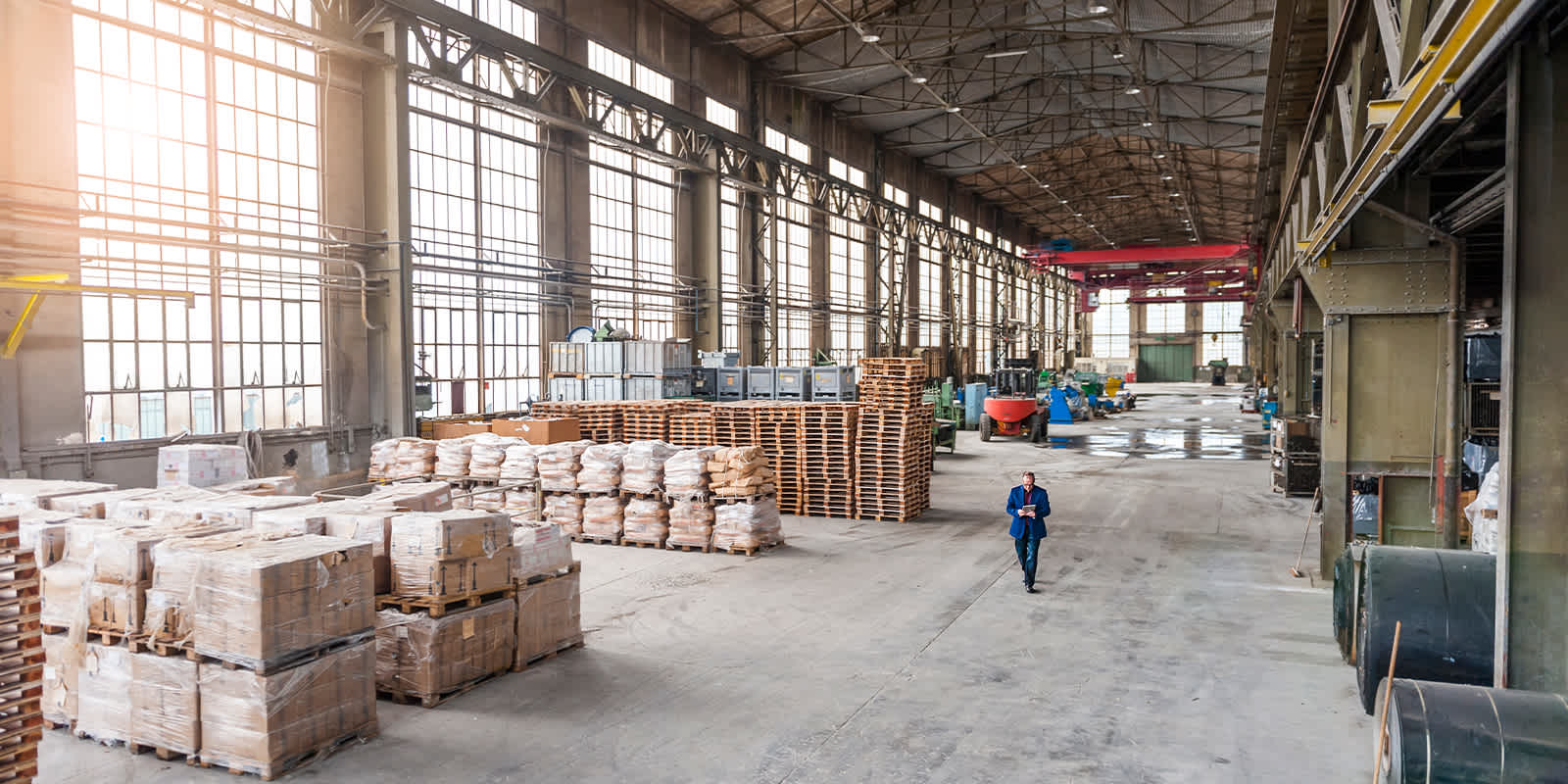
2020 年 02 月 12 日
Coronavirus Update: Supply Chain and Economic Impacts — Week of February 10
Coronavirus Update: Supply Chain and Economic Impacts — Week of February 10
Chinese New Year Celebrations End; Coronavirus Marches On
The Chinese New Year (CNY) holiday is officially over, but supply chains are still struggling to bounce back—largely due to the impact of the novel coronavirus, now officially known as COVID-19.
To begin with, we’re seeing factories slow to operate at full capacity, made worse as applications for “reopen permits” are denied by the Chinese government. While some factories started to go back “online,” the timeline for ramping up to ‘full operations’ status remains uncertain.
Reduced passenger airline services in and out of China will limit capacity for high-value airfreight for months. Ocean operations are also feeling strain, with alliances announcing multiple blank sailings (skipped port calls) into North America and Northern Europe.
The Economic Impact
Because of the coronavirus outbreak, China's Customs Office released a statement on February 7 that it would forego reporting preliminary trade data for January. Instead, it will combine January and February data. As the virus has spread, growth forecasts have been cut, with S&P Global Ratings revising its estimate of China's GDP growth for 2020 from 5.7% before the outbreak to 5%.
Looking ahead, there is enormous uncertainty over the full economic impact of the illness. Here are four factors that will determine whether the effects are short-lived and quickly reversed or whether they will be long lasting.
1. The course of the outbreak. It is still too soon to tell whether the virus can be contained, as hoped, or whether it will spread more broadly. Virologists also warn that there can be changes in virus behavior and characteristics over time—feeding the economic uncertainty.
2. Public perceptions about the virus. Whatever the science may say, if COVID-19 continues to stoke public fear, it can lead to declines in consumer purchases and commercial activity.
3. Restarting supply chains in China. A great deal of attention has been focused on whether factories will restart this week after the prolonged closure for Chinese New Year. While important, it is only one stage of the supply chain. Also critical: Truckers need to move goods to ports, and ports need to be functioning. Any break in that chain will be problematic. On top of that, we already know that there will be a sustained reduction in airfreight capacity.
4. Business survival. If the supply chain interruption proves short-lived, then it is reasonable to expect things to bounce back in short order. A more prolonged interruption, however, risks pushing struggling enterprises out of business.
What’s Next?
Flexport will continue to monitor the impact of COVID-19 on global trade and provide updates from our experts, including those in mainland China. Keep checking back to Flexport.com and our blog for the latest. Also, subscribe to Freight Market Update for weekly news on what's happening across trade lanes worldwide in both ocean and air.
If you’d like to help, please join Flexport’s efforts to provide aid to those in need. Organizations with freight quantity of unused medical masks, N95 masks, sanitizer, medical caps, protective clothing, goggles, eye guards, or any other supplies can donate to relief efforts by contacting org.ops@flexport.com.
And, if you ship with Flexport, your Squad will provide ongoing updates on any potential impact to your shipments. Please don’t hesitate to reach out to them with questions.





